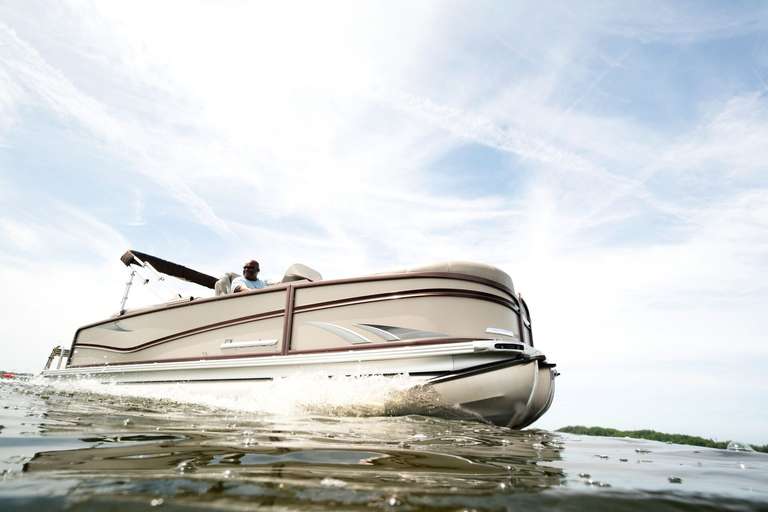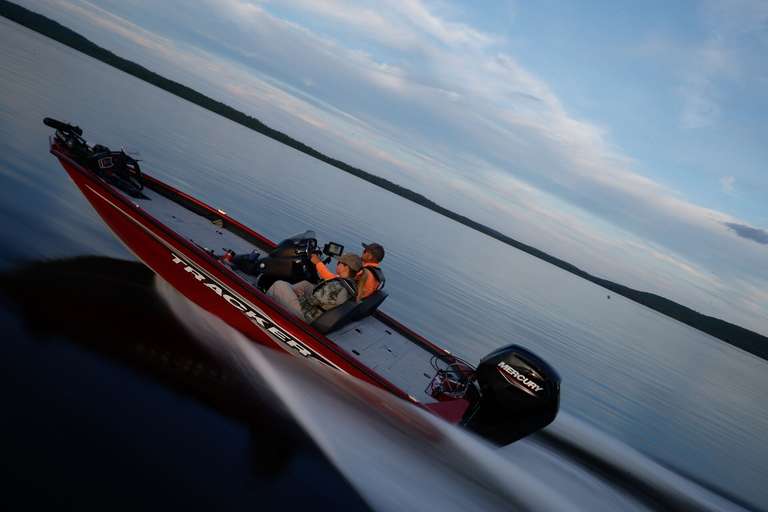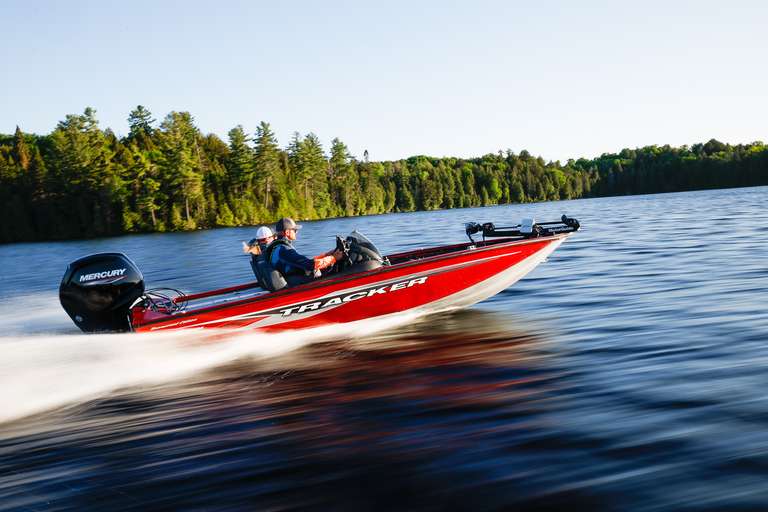All About the 4 Different Boat Classifications
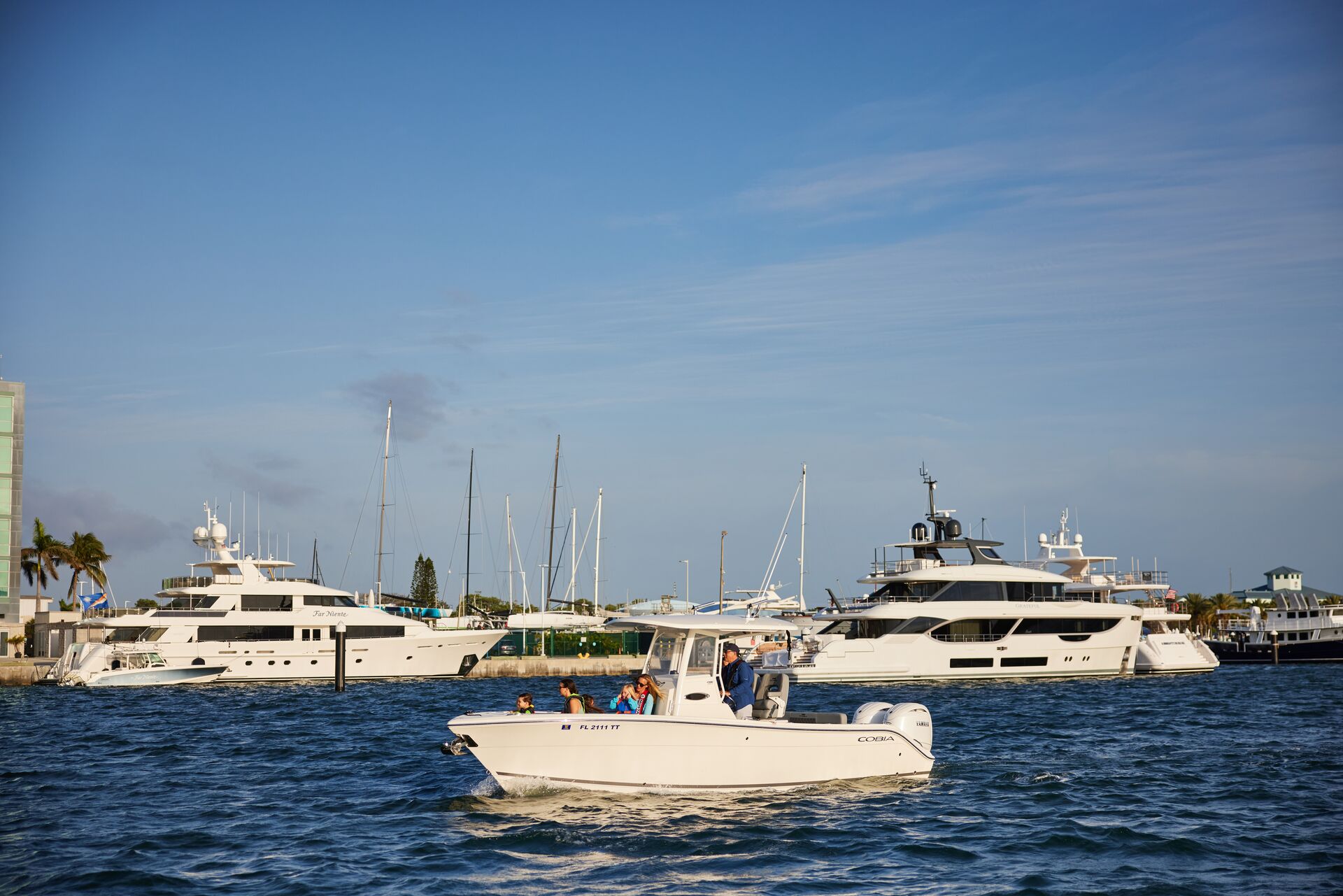
Understanding boat classifications is a crucial aspect of boat safety.
Sure, you can probably operate a boat of any size without knowing its classification. However, responsible boat owners take time to understand how their boat is categorized to make sure they comply with safety requirements — including having the proper safety equipment on board.
We put together a short guide to these classifications and what they mean. With this information, you should know where your boat fits in and how to operate it safely based on the regulations that apply to your vessel.
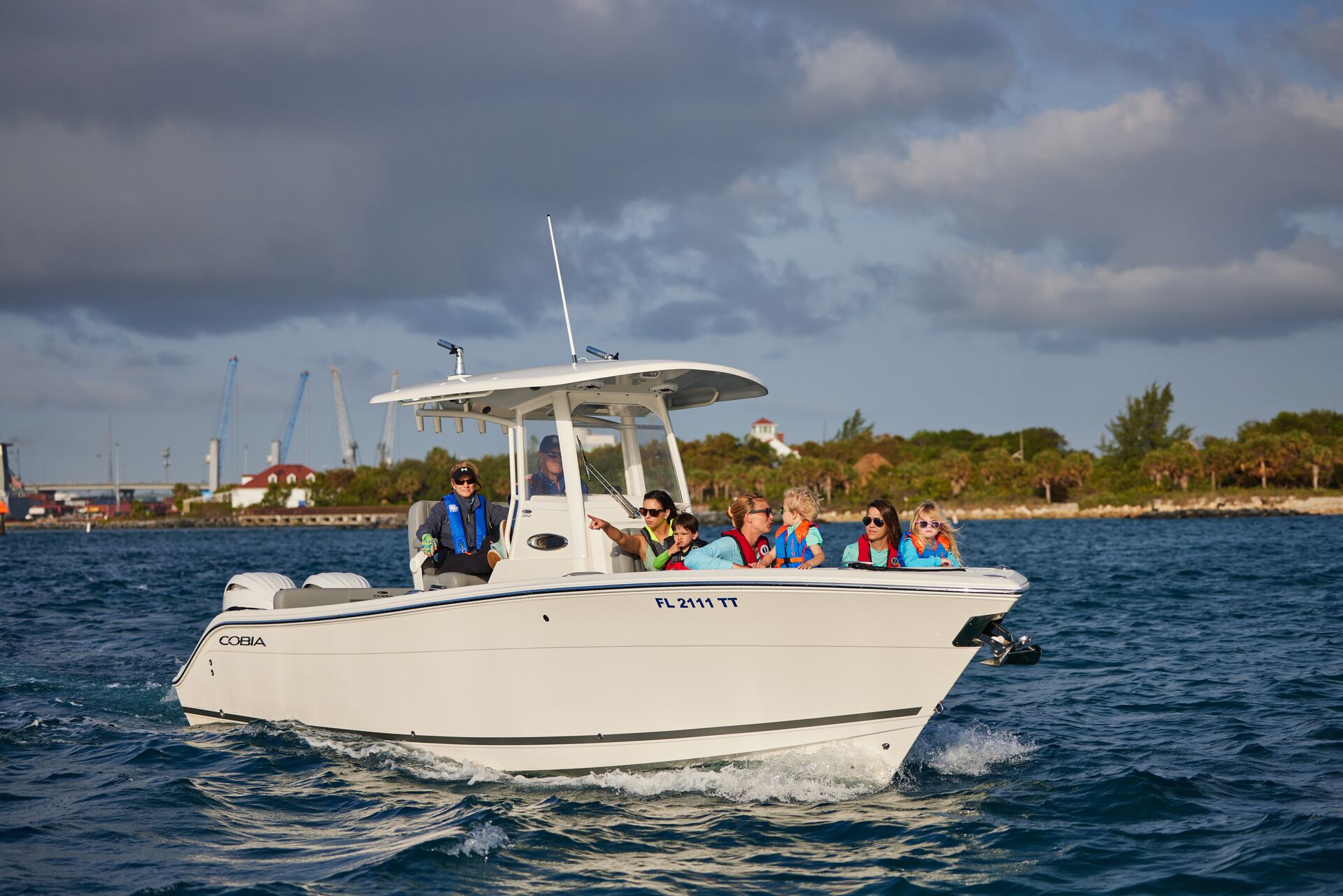
Why Are Boats Classified?
We don't mean "classified" as in "top secret."
We mean: put into different universal categories to help operators and governing bodies assess safety requirements based on a boat's size and capabilities.
Boats are placed into specific classes based on vessel length. The safety equipment that federal and state laws require on board is determined by the class of your boat.
How Are Boats Classified?
To determine a boat's class, its length is measured along the centerline from the outside of the bow to the outside of the stern. Additional attachments are not considered in the measurement.
With this information, you can stock your boat with the right type and amount of safety equipment to keep yourself and your passengers safe when on the water.
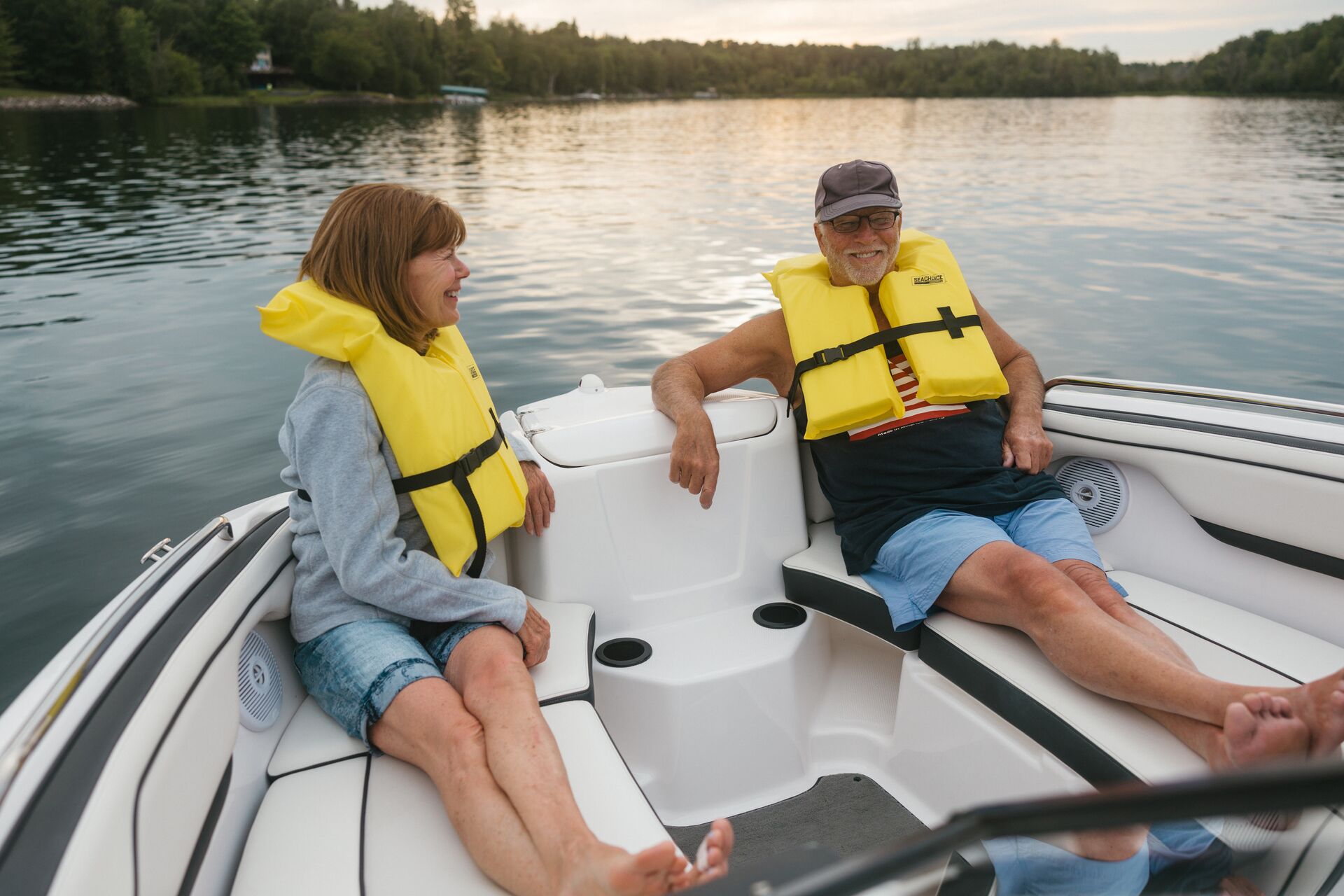
What Are the Boat Classifications?
To understand what safety equipment you are required to carry on board your vessel, you'll need to know what class your boat is in.
Here's an overview of those classifications and the types of boats that fit into each one.
Class A Boats
Boats in the category measure less than 16 feet.
The most common Class A boats are generally boats used for fishing or cruising on calm waters, whether on coastal waters or enjoying inland waters.
You could have a fishing boat, a pontoon boat, canoe, or even a yacht less than 16 feet long to be in the boat classification. A personal watercraft can also fall into this category. These vessels are generally affordable (aside from a yacht), highly maneuverable, and quite versatile.
Required safety equipment for these boats can vary depending on if the vessel is motorized vs. human-powered. However, most Class A boats need a life jacket for everyone on board and a fire extinguiser (if the boat has a motor).
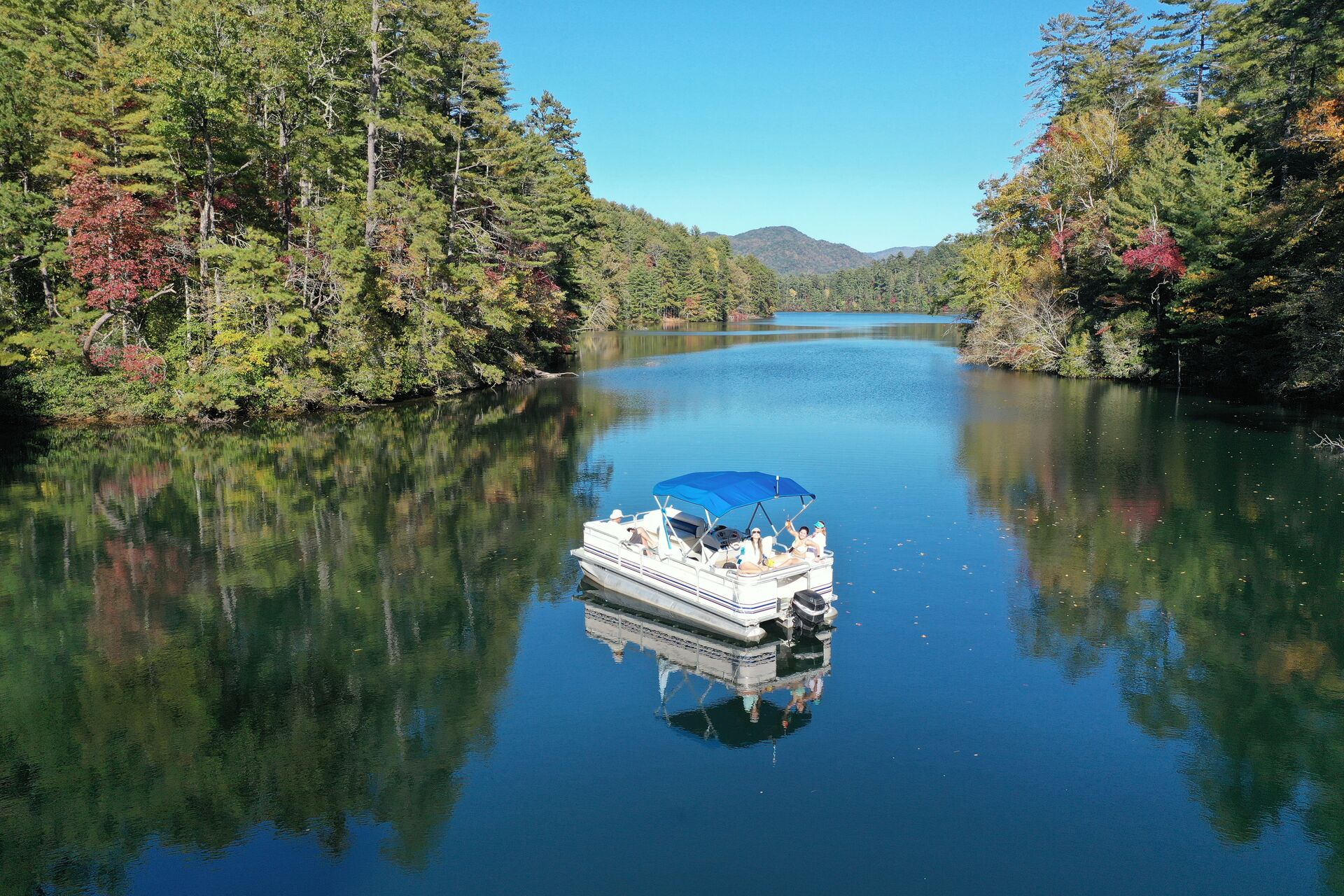
Class 1 Boats
You're operating a Class 1 boat if it measures more than 16 feet but less than 26 feet in length.
These vessels are also ideal for sport fishing or calm cruising. For example, a pontoon boat could fall into this category if it fits within the lengths noted above.
If your boat has a motor, you'll need proper ventilation — including a back flame arrestor — to comply with Coast Guard requirements. You'll also some of the same equipment required on smaller boats, like life jackets for everyone on board.
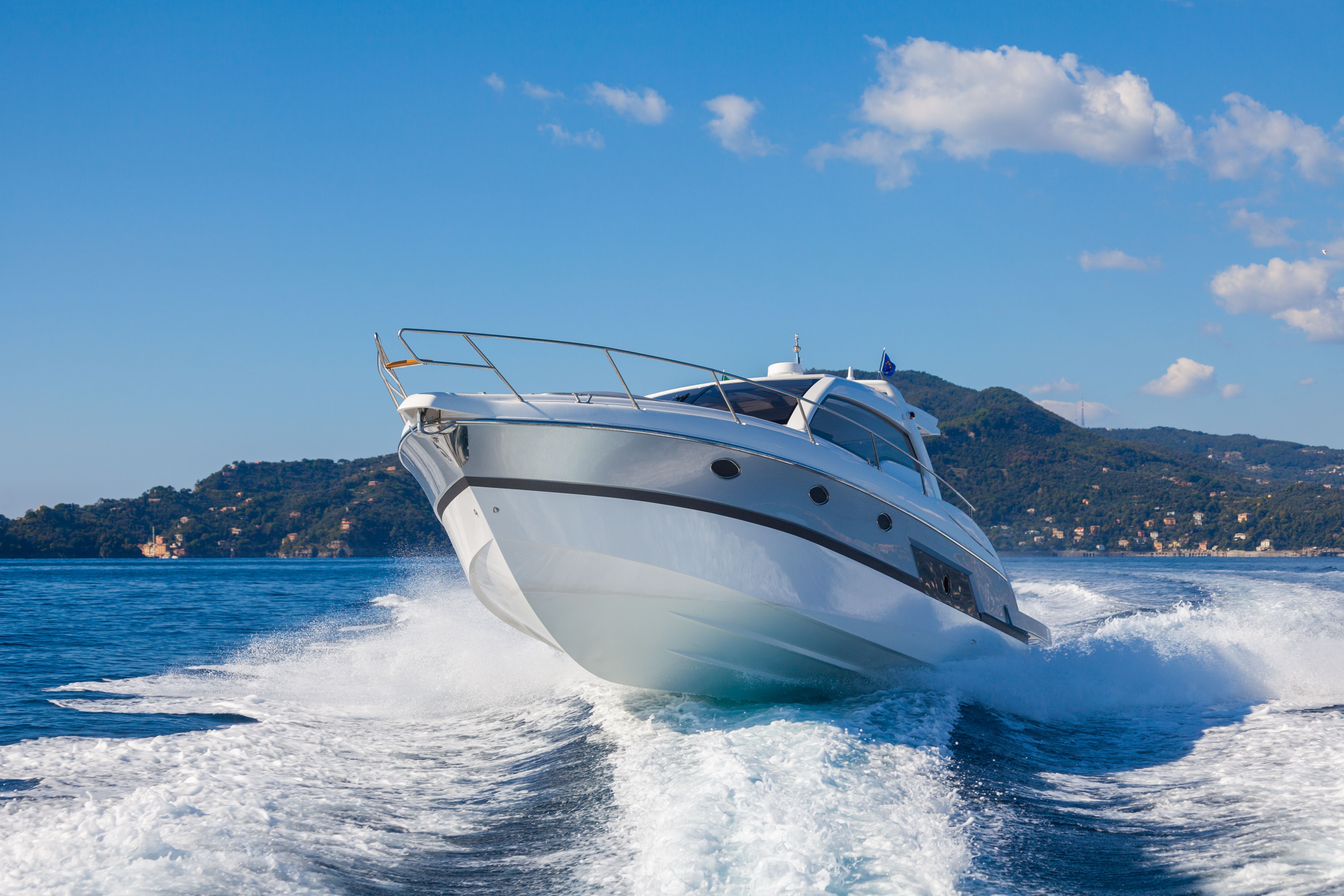
Class 2 Boats
A Class 2 boat measures more than 26 feet but is less than 40 feet long.
These vessels include larger recreational boats like bigger yachts and fishing boats or even jet boats. Your Class 2 boat likely has sleeping quarters, kitchen or galley, and a toilet on board.
You'll need to carry life jackets (or personal flotation devices) that each person can wear while on board and one or more fire extinquishers. You'll also need a throwable device, and oil discharge and waste discharge placards displayed to comply with regulations.
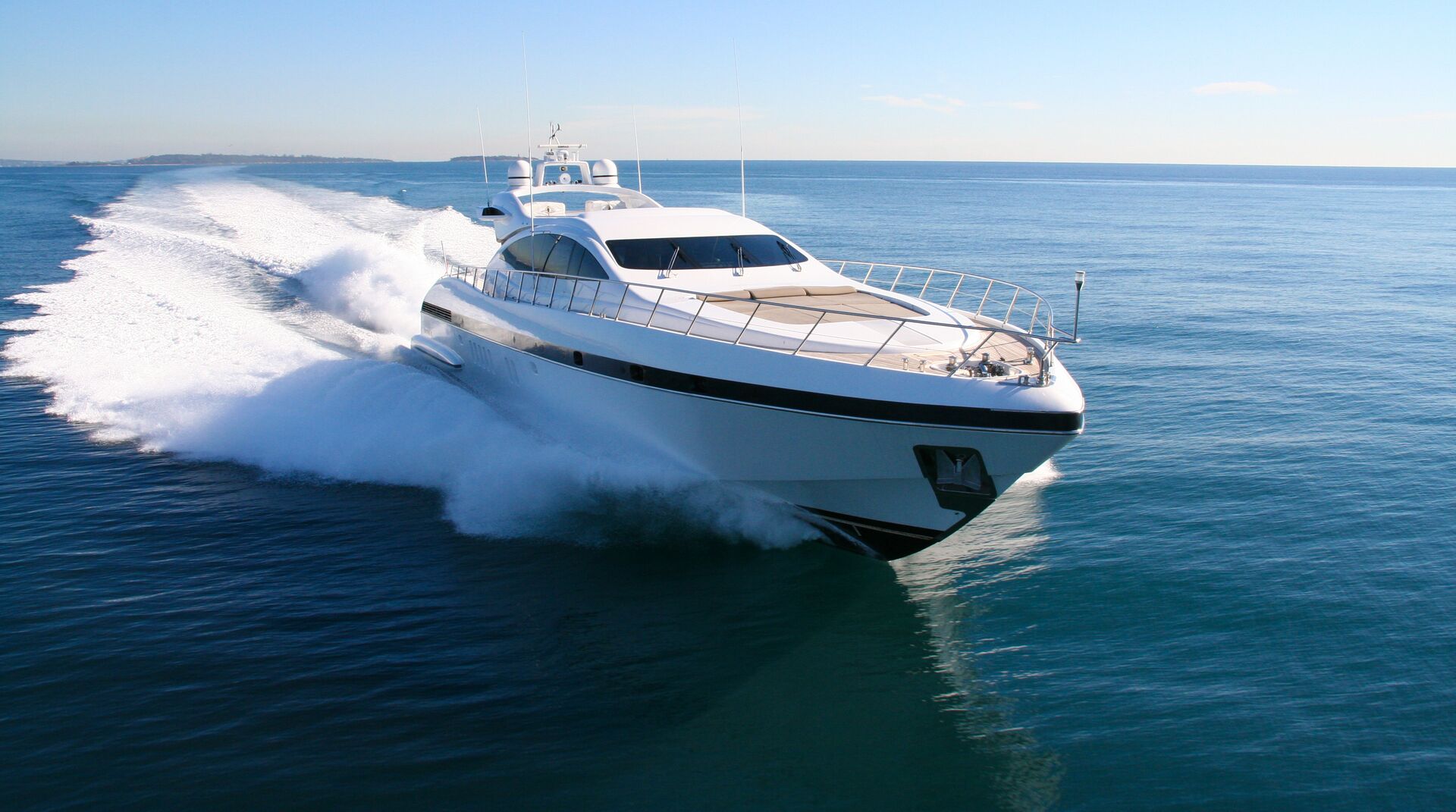
Class 3 Boats
These are large recreational boats! They measure more than 40 feet but are less than 65 feet in length.
Because of their length, Class 3 boats require more safety equipment and practices than smaller boats.
To comply with regulations, you'll need additional safety items, including:
- Life jackets for everyone on board
- A Type IV throwable flotation device
- One B-II fire extinguisher and one B-I extinguisher (or three B-I extinguishers)
- A Type III marine sanitation device
- Night-use signals
- A whistle or horn
Why the need for so many safety devices? Larger vessels can be more dangerous, often carry more people on board, and can contribute more to water pollution than small motorized or human-powered vessels.
So, as you consider the boat you want to buy for water adventures, make sure you think about the boat classifications and the safety equipment you'll need for safe boating and to comply with local, state, and federal laws.
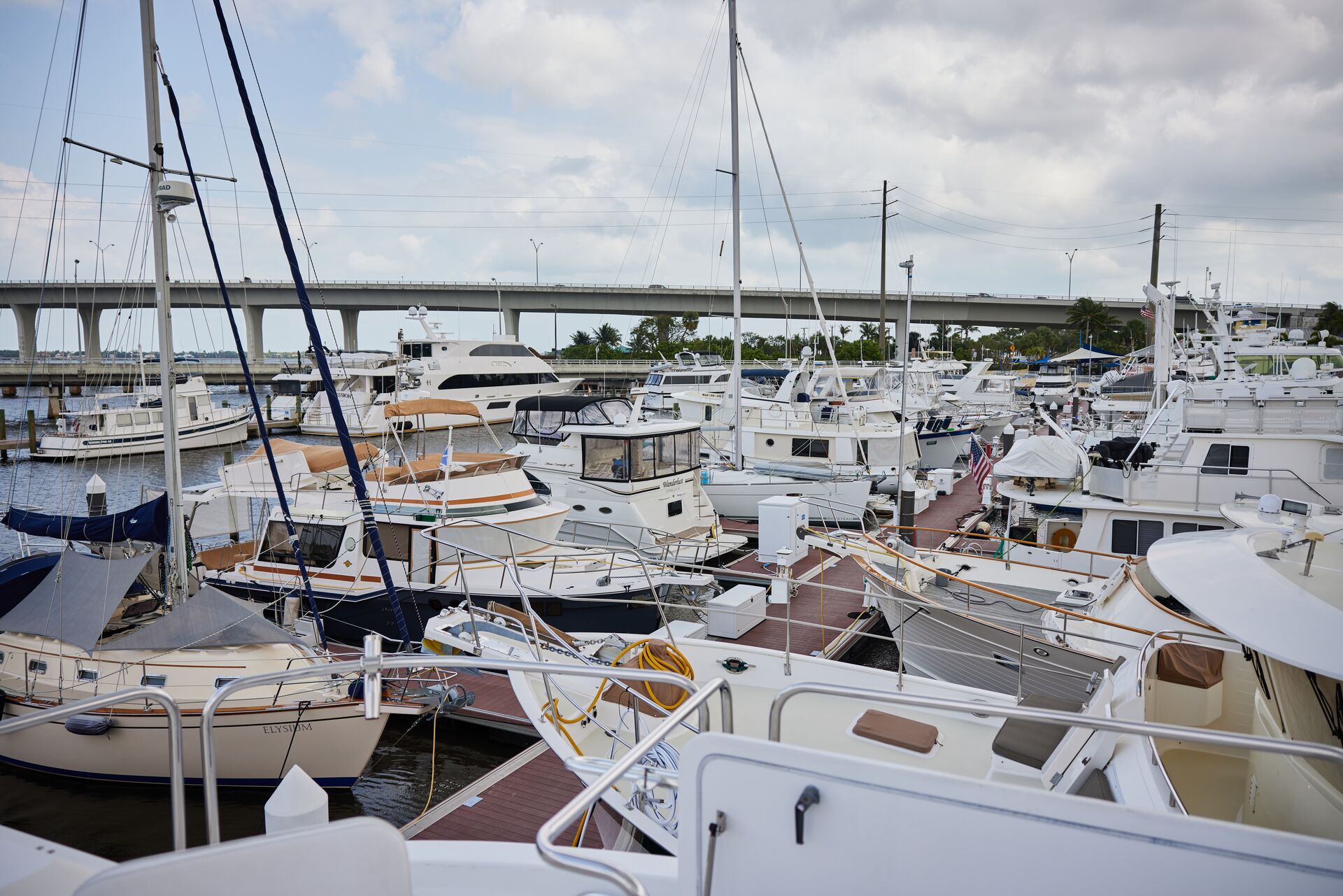
Learn More About Boat Safety with ilearntoboat
Having fun on the water is only possible when you also know how to stay safe! Whether you enjoy a small boat or kayak or you take on the waters in your 60-ft yacht, boat operators must carry the right equipment to match the requirements for the boat classifications that match their vessels.
We hope this guide provides helpful information about different classifications and the safety requirements for each — but don't let your learning stop here. There's much more to know about safe boating!
ilearntoboat makes it easy and fun to learn safety essentials through our gamified online boating education courses. Plus, our courses meet state requirements for boating education.
So, as you stock your boat with the safety essentials it needs based on its size, make sure you've also taken and passed a boating education course. Choose the ilearntoboat course for your state, have fun learning, then get your boater card and hit the water!
First published in 2021. Content most recently reviewed and updated for accuracy and relevancy November 8, 2024.

